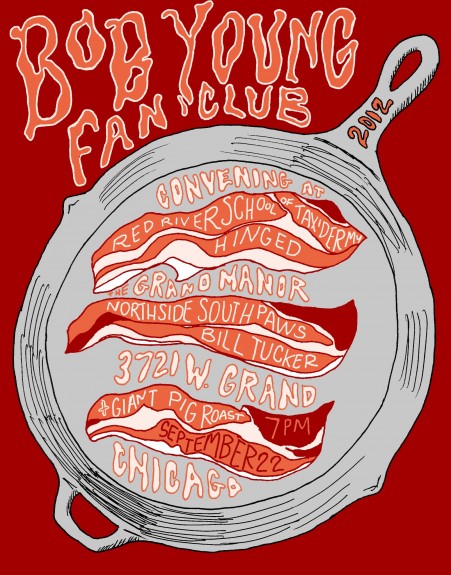They never told you there’d be days like this
From the moment you wake up, until your head hits the pillow
There’s an aching in your gut because you know that things aren’t right
And it feels like you’re failing
And it feels like we’re lost
And it feels like it’s never enough, and it feels like it comes at a cost
Oh I’m still surprised
And I feel betrayed
That the stories of those who came before bring not strength but anxiety
Does it cut you like a knife?
Because it chills me to the bone,
to feel the world’s so big and we are all alone.
We all do the best we can,
and I hope a little more,
and believe we’ll meet it where we stand.
Where you stand.
I never thought I could be something more.
And I know that it’s complicated.
And you’re left with more questions than at the start.
Please believe there’s a break in this breaking.
And know you’ll meet it where you stand.







